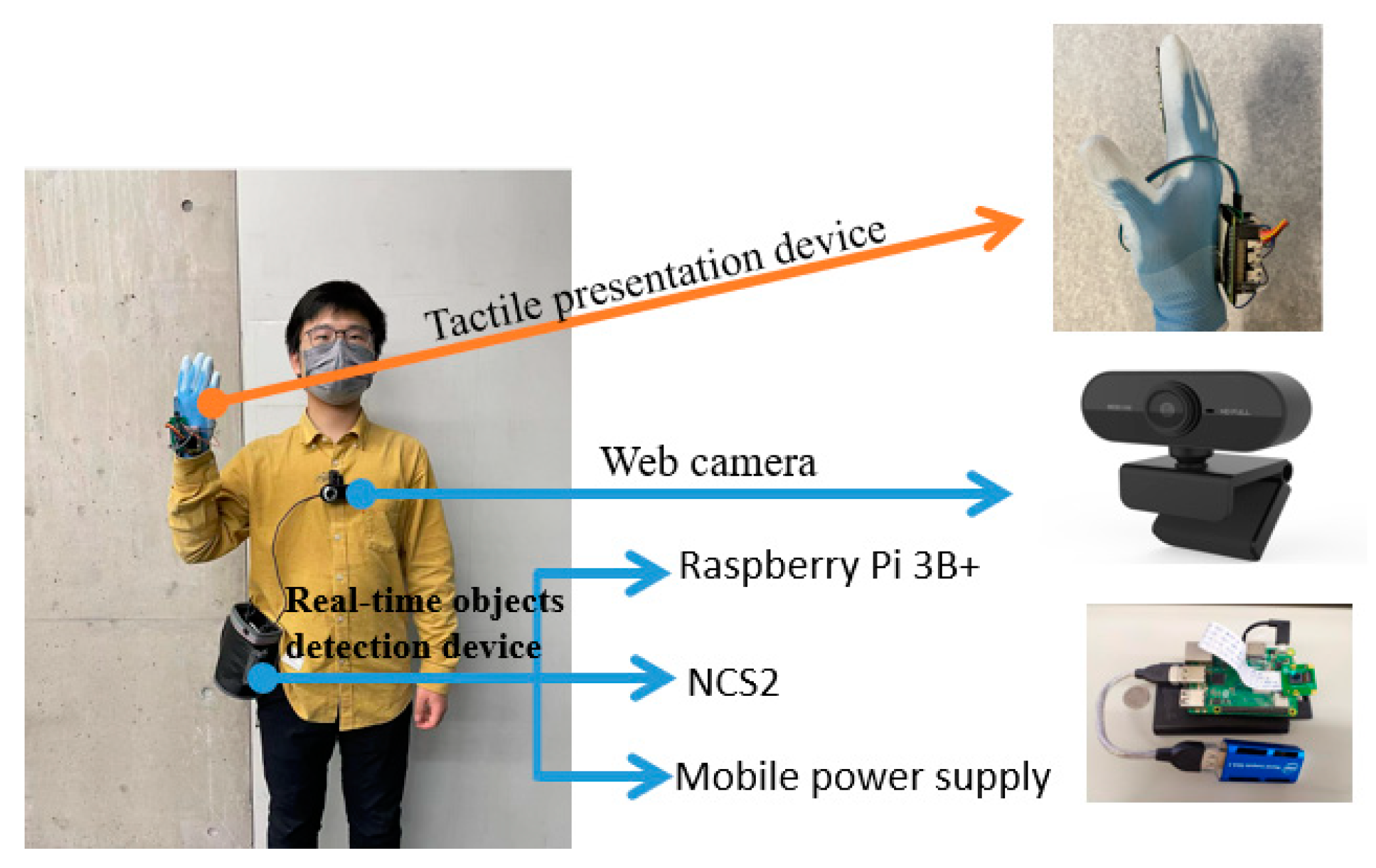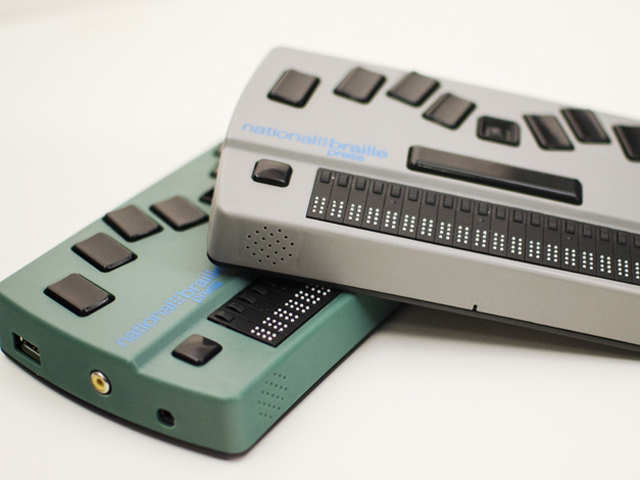Mobility Aids for Visually Impaired Users: Traveling the World with Confidence
Mobility Aids for Visually Impaired Users: Traveling the World with Confidence
Blog Article
Enhancing Lives With Advanced Assistive Gadgets for the Blind
The combination of advanced assistive gadgets for the blind is transforming exactly how people experience their surroundings and interact with their neighborhoods. What does this evolution suggest for the future of assistive modern technology and its role in equipping people?
Summary of Assistive Instruments
Assistive tools for the blind encompass a varied range of innovations and devices developed to boost freedom and enhance the quality of life for people with aesthetic impairments. These devices cater to numerous requirements, from navigation and movement to communication and day-to-day task monitoring.
Among the key groups of assistive gadgets includes mobility aids, such as white walking canes and guide pets, which aid individuals browse their surroundings securely. Digital traveling aids, outfitted with sensing units and audio feedback, additionally play a significant function in flexibility enhancement.
Additionally, tools that aid with day-to-day living tasks, such as adaptive cooking area tools, Braille labels, and talking watches, encourage individuals to carry out tasks individually. Interaction aids, including display visitors and Braille displays, promote access to info and enable people to involve properly with the digital world.
Additionally, low-tech services like amplifying glasses and large-print products continue to be essential for several customers. Collectively, these assistive devices serve not just as useful devices however also as crucial enablers of freedom, cultivating better engagement in a world that usually focuses on sighted experiences. Their integration right into day-to-day life is crucial for promoting inclusivity and boosting overall well-being for those with visual impairments.
Innovative Technologies in operation
Development in modern technology has significantly transformed the landscape of tools readily available for people with visual disabilities. Among the most noteworthy advancements are clever glasses integrated with enhanced fact, which give real-time navigation support and item recognition. These tools take advantage of advanced cams and artificial intelligence to provide acoustic signs, improving the user's spatial understanding and freedom.
Furthermore, mobile applications have become effective sources, enabling individuals to recognize currency, checked out text out loud, and navigate unknown settings through verbal guidelines. Tools such as Braille displays and refreshable Braille gadgets remain to progress, providing seamless connection with computers and mobile phones, thereby enhancing interaction and accessibility to info.
Wearable technology, including smartwatches geared up with voice-activated functions, further encourages customers by helping with fast access to alerts and alerts without requiring visual engagement. Responsive maps and 3D printing are also gaining traction, providing substantial representations of areas that help in orientation and flexibility training.
Jointly, these innovative innovations not just boost the daily lives of visually damaged individuals but likewise foster better independence, inclusivity, and involvement with the wider neighborhood, therefore reshaping perceptions of availability. (Voice-activated assistive devices)
Individual Stories of Empowerment
Empowerment typically emerges from personal experiences that highlight the transformative effect of innovation on people with visual problems. Take, for instance, the story of Sarah, a young artist who restored her passion for painting via the usage of a smart cane furnished with barrier detection. This device not only promoted her movement but instilled a newfound confidence, enabling her to browse public spaces independently and seek her innovative undertakings.

These narratives underscore the profound impacts that advanced assistive gadgets can have on life. By allowing people to overcome barriers, technology fosters a feeling of autonomy and self-respect. Such empowerment stories work as a testament to the possibility of innovation, illustrating exactly how the right devices can dramatically boost top quality of life and open doors to new opportunities for those with aesthetic problems.
Benefits of Advanced Solutions
How can advanced remedies essentially boost the lives of individuals with aesthetic disabilities? The integration of cutting-edge modern technology into assistive gadgets significantly transforms everyday experiences for those affected by vision loss. These sophisticated options supply unprecedented freedom, making it possible for users to browse their settings with self-confidence. Devices such as wise walking canes geared up with sensors, navigation applications, and wearable innovation are made to provide real-time comments, improving spatial understanding and reducing the risks associated with flexibility.
Furthermore, progressed assistive innovations cultivate social incorporation by promoting interaction and communication. Voice-activated devices and applications enable people to gain access to details and engage with their environments individually, breaking her comment is here barriers that previously prevented their engagement in instructional, professional, and social settings.
In addition, the customization and versatility of these remedies satisfy the varied requirements of customers, consequently improving their total lifestyle. Enhanced functionality, such as item acknowledgment and text-to-speech capacities, equips individuals with visual problems to perform tasks that they may have as soon as found challenging. Inevitably, advanced assistive modern technologies see this not only enhance freedom and safety and security but additionally promote self-respect and self-respect, enabling users to lead satisfying lives.
Future Patterns in Assistive Technology
As technology proceeds to progress, the landscape of assistive tools for the blind is poised for remarkable advancements that will better enhance accessibility and freedom. Emerging fads in assistive innovation indicate a shift towards raised assimilation of expert system (AI) and machine discovering, making it possible for devices to adjust to specific user needs in real-time. These innovations are anticipated to assist in even more user-friendly navigating systems that can identify barriers and offer audio feedback, considerably boosting exterior flexibility.
Furthermore, the advancement of wearable tech, such as smart glasses equipped with enhanced reality, will permit individuals to receive contextual info concerning their surroundings, consequently enhancing their spatial awareness. Innovations in haptic innovation promise to produce responsive feedback devices, allowing individuals to regard details through touch, boosting understanding and interaction with their setting.
Telecommunication advancements are also leading the way for remote aid services, where experienced professionals can offer support by means of video phone calls, making sure assistance is conveniently obtainable. vision clinic As these fads unravel, the future of assistive tools for the blind will undoubtedly cultivate higher autonomy, empowering individuals to browse their globe with self-confidence and convenience.

Conclusion
The assimilation of sophisticated assistive tools for the blind stands for a significant advancement in fostering freedom and improving high quality of life. By making use of innovative technologies, these gadgets equip users to navigate their atmospheres with greater self-confidence and freedom. As the area remains to advance, ongoing study and development will likely yield much more sophisticated services, better changing the lived experiences of individuals with visual disabilities and advertising a greater sense of incorporation within culture.
The combination of innovative assistive tools for the blind is changing exactly how individuals experience their environments and engage with their neighborhoods. The combination of cutting-edge technology into assistive tools significantly changes day-to-day experiences for those impacted by vision loss.As technology proceeds to progress, the landscape of assistive tools for the blind is positioned for exceptional improvements that will even more boost access and freedom. Arising trends in assistive innovation indicate a change toward enhanced assimilation of artificial intelligence (AI) and maker learning, enabling tools to adjust to specific customer requires in real-time.The integration of sophisticated assistive gadgets for the blind represents a considerable improvement in promoting freedom and improving quality of life.
Report this page